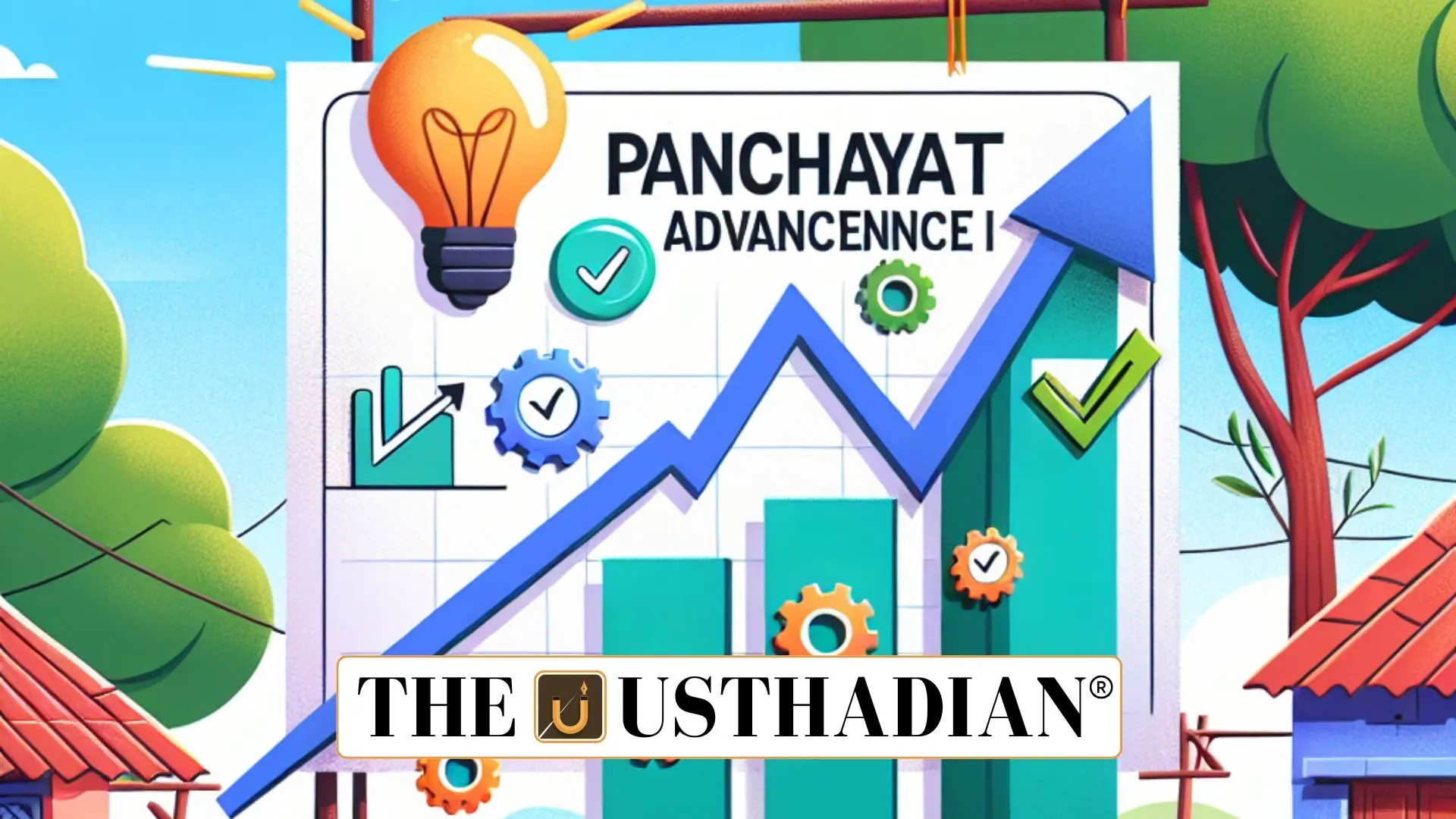India upgrades its rural assessment system
Panchayat Advancement Index 2.0 launched for better rural governance: The Government of India has taken another step to strengthen grassroots governance with the launch of the Panchayat Advancement Index 2.0. The new version was introduced at the National Writeshop held in New Delhi, bringing together officials from various ministries and rural bodies. The event also witnessed the release of the PAI 2.0 Portal, Standard Operating Procedure for FY 2023–24, and the Local Indicator Framework Booklet.
This updated index is designed to help Gram Panchayats—the basic units of rural governance—improve their performance through data-based evaluation.
What is the Panchayat Advancement Index?
The Panchayat Advancement Index is a tool developed by the Ministry of Panchayati Raj to assess over 2.5 lakh Gram Panchayats across India. It aims to link rural development efforts with Sustainable Development Goals (SDGs) by tracking local performance on themes like health, education, gender equality, and infrastructure.
By measuring actual on-ground progress, the index brings transparency and focus to governance at the village level.
What’s new in PAI 2.0?
PAI 2.0 is a refined version of its predecessor. It has reduced the number of assessment indicators by 72%, from a larger set to just 147 key indicators. This makes data collection more manageable and improves the quality of inputs from local bodies.
These indicators are grouped into nine core themes, each reflecting a vital aspect of rural life and governance.
Nine major themes that define local progress
The revamped index focuses on themes that align with India’s SDG goals:
- Poverty-free and Enhanced Livelihoods Panchayat
- Healthy Panchayat
- Child-Friendly Panchayat
- Water-Sufficient Panchayat
- Clean and Green Panchayat
- Panchayat with Self-Sufficient Infrastructure
- Socially Just and Socially Secured Panchayat
- Panchayat with Good Governance
- Women-Friendly Panchayat
Each theme touches on both service delivery and social inclusion—key goals in achieving long-term development.
Data transparency for stronger panchayats
One of the standout features of PAI 2.0 is its focus on data accuracy and transparency. Panchayats are now encouraged to submit real-time data and publicly display their performance scores. This promotes accountability, community involvement, and fair development.
Just as the SDG India Index tracks national-level progress, PAI 2.0 brings a similar mechanism to the village level.
Linking local with global goals
The index is expected to boost India’s preparedness for Voluntary National Reviews (VNRs) at global forums. It aligns with the Localization of SDGs, a concept promoted by the United Nations to encourage local bodies to adapt global development goals.
By monitoring rural progress using a common yardstick, PAI 2.0 ensures that every village contributes to India’s larger development story.
Static Usthadian Current Affairs Table
| Topic | Detail |
| Initiative | Panchayat Advancement Index 2.0 |
| Launched at | National Writeshop, New Delhi |
| Portal launched | PAI 2.0 Portal |
| Responsible ministry | Ministry of Panchayati Raj |
| Year introduced | 2025 |
| Total Gram Panchayats assessed | 2.5 lakh+ |
| Number of indicators in PAI 2.0 | 147 |
| Key alignment | Localization of SDGs |
| Key booklet released | Local Indicator Framework 2025 |
| Themes covered | 9 themes including health, livelihood, governance |








